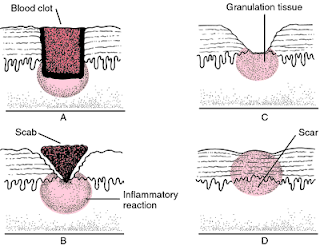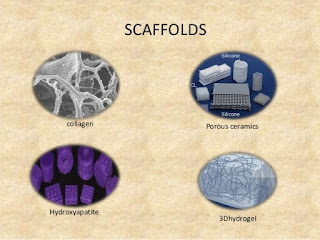
Natural ways to heal wounds Using chemicals often have a hostile effect on our skin. So, we can use these natural ingredients to treat cuts without worrying about any side effects. So instead of applying chemicals in the wounded area, we can use natural ingredients to heal wounds . Honey: Honeys wound care capacities, an attribute that can help a contaminated injury appropriately. From consume wounds, bacterial contaminations to ulcers; honey is a regular hose hold item that can give various healing benefits. One of the greatest clean highlights of honey is its capacity to discharge hydrogen peroxide that is fundamental for wiping out bacterial action. The pollen collected and transformed into honey has been known to adequately treat genuine diseases, extending from skin rashes, bubbles to singed skin. Honeys’ properties are in the religious books like Bible, Torah, and Quran. Since 2000 BC, individuals have been utilizing Honey to heal cuts. Honey contains vitamins,

